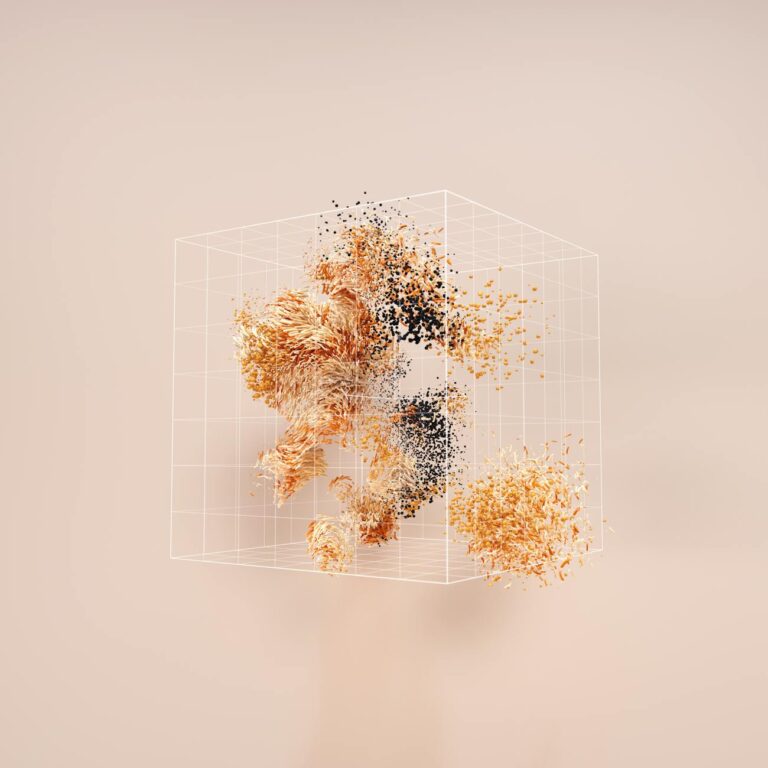Google’s Conversational Photo Editor: Stunning AI Flop or Best Tool?
Google’s conversational photo editor has recently entered the spotlight, but opinions are sharply divided over whether it represents a stunning AI flop or the best tool the digital photography world has seen. As artificial intelligence infiltrates more creative domains, the demands on AI-powered tools escalate; users expect not only technical proficiency but also intuitive interaction and artistic finesse. This new editor, designed to understand natural language input and modify images accordingly, promises to revolutionize photo editing. Yet, many users and experts question whether it truly delivers or falls short of its lofty ambitions.
The Ambition Behind Google’s Conversational Photo Editor
Artificial intelligence in photo editing is nothing new. Various apps and software have incorporated AI to perform tasks like background removal, color enhancement, and even style transfer. Google’s approach is different: it relies on conversational AI to allow users to direct the editing process through natural language commands. Instead of navigating complex menus and sliders, a user can simply say, “Make the sky bluer and add a sunset glow,” or “Remove the person on the left.” This concept is groundbreaking on paper—a seamless, human-like interaction between photographer and machine.
Why Some Consider It a Stunning AI Flop
Despite its promise, many users report frustration with the editor’s performance. The AI occasionally misunderstands commands, leading to bizarre or unwanted modifications. Requesting subtle changes often results in exaggerated effects, which suggests the model’s lack of nuanced understanding. Moreover, the tool struggles with complex scenes and variable lighting conditions, sometimes producing artifacts that degrade image quality instead of enhancing it.
Critics argue the editor feels like a beta version rushed to market, capitalizing on AI hype rather than offering reliable functionality. Some say the system’s conversational interface is more gimmicky than practical, slowing down workflows rather than speeding them up. The lack of precise control and inability to undo particular AI-driven tweaks can be infuriating for professional photographers used to exact, manual editing. This has led to claims that Google’s effort is a stunning AI flop—a fascinating experiment that ultimately falls short of real-world utility.
On the Other Hand: The Best Tool for Casual Users?
Supporters counter these critiques by highlighting the tool’s accessibility and innovation. For beginners or casual users intimidated by traditional photo editing software, Google’s conversational approach lowers the barrier to creative expression. The ability to describe desired changes in plain language removes the steep learning curve inherent to apps like Photoshop or Lightroom.
Besides ease of use, the editor showcases the potential of AI to democratize high-end image manipulation. Users without any prior editing knowledge can achieve dramatic transformations with minimal effort. The conversational model encourages experimentation and discovery, fostering creativity in ways that button-click editing cannot. For many, this AI-enhanced interaction feels revolutionary—a glimpse at the future of digital art tools where voice and chat replace complex interfaces.
The Bigger Picture: AI in Creative Industries
Google’s conversational photo editor ignites a broader debate on the role of AI in creative work. Does delegating artistic control to algorithms undermine human skill, or does it enhance creativity by outsourcing tedious tasks? The editor exemplifies this tension: it can empower novices but may alienate purists who value manual craftsmanship.
Furthermore, the tool raises ethical questions about the authenticity of digitally manipulated images. If AI can effortlessly fabricate realities based on verbal instructions, what does that mean for visual truth? Journalists, advertisers, and social media users all grapple with new responsibilities when AI editing becomes this accessible.
Conclusion: Bridging the Gap Between Hype and Reality
Google’s conversational photo editor is neither an outright failure nor unequivocally the best tool on the market—it exists somewhere in the controversial middle ground. Its innovative take on human-AI interaction is commendable and hints at future possibilities, yet its current limitations and awkward execution temper enthusiasm.
For casual users craving quick, fun transformations, this editor might indeed be the best tool available today. For professionals demanding precision and reliability, it remains a flawed experiment to watch rather than rely upon. Ultimately, the conversation around this editor mirrors the evolving dialogue on AI’s place in creative industries: it’s exciting, disruptive, and undeniably contentious. Whether Google will refine this tool into a truly indispensable asset or watch it fade as a “stunning AI flop” remains to be seen, but it’s certainly a development worth monitoring closely.






